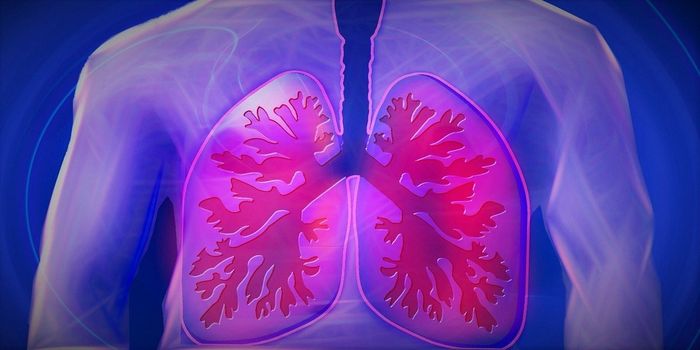Most homes have carbon monoxide detectors as well as smoke detectors, and this is a critical safety feature. However, changing batteries and keeping the units up to date is something many homeowners forget to do. Carbon monoxide is an invisible, odorless gas that, if inhaled, can be deadly. Cooking equipment that is faulty or used improperly can be to blame as well as home heating equipment that burns fossil fuels like natural gas or oil. Carbon monoxide prevents the blood from carrying oxygen to the cells, so if exposed, a person usually falls asleep and doesn't wake up. Exposure can cause fatigue, mental confusion, and delirium, so it's important to take steps to keep homes free of this gas.
The first signs that CO might be causing a problem are often headaches, nausea, and dizziness. Experts recommend having working detectors on every floor of a home as well as keeping chimneys and heat flues clean and free of obstructions. If your alarm should go off, move immediately to fresh air outside the home and call 911. The beeping alarms can be an inconvenience but think of it as a built-in health monitor.








